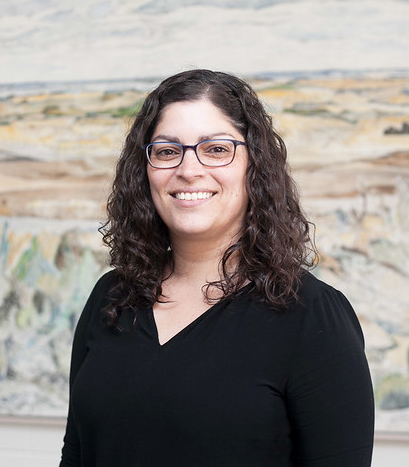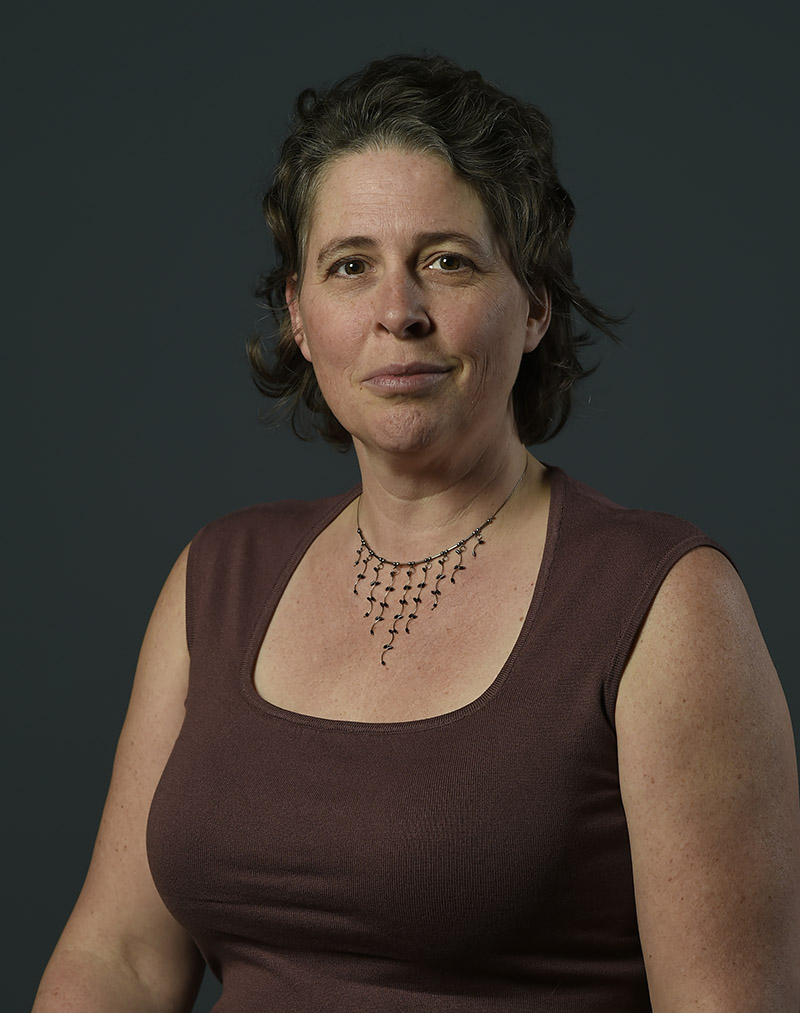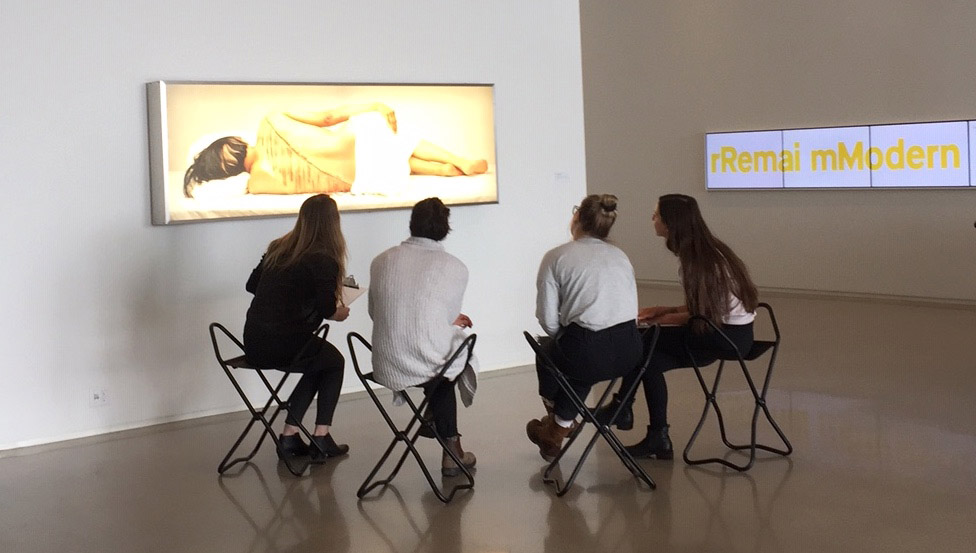The art of veterinary medicine
There is an art to deciphering the meaning behind the dots, squiggles and blobs of a magnified urine or blood sample, and it is a skill that can not only be a struggle to learn, but to teach.
By Meghan SiredDr. Nicole Fernandez (MVetSc), a clinical pathologist and an associate professor at the Western College of Veterinary Medicine at the University of Saskatchewan (USask), has seen many students struggle to look at a cytology slide—a slide containing a cluster of cells—and understand what they’re seeing.

“The issue is that observational skills are not explicitly taught, but students are expected to be, or to become, good observers,” said Fernandez. “Some students may do this naturally, but others may not.”
In 2017, Fernandez and three of her WCVM colleagues, Drs. Hilary Burgess (DVSc), Ryan Dickinson (DVM) and Melissa Meachem (MVetSc), formed a Scholarship of Teaching and Learning (SoTL) cluster through the university’s Gwenna Moss Centre for Teaching and Learning and began working together to learn more about helping students develop their observational skills.
Wendy James, the manager of professional and curriculum development at the Gwenna Moss Centre, describes a cluster as a faculty-led group that receives up to $5,000 per year for two years to research topics that focus on teaching and learning.
James said an individual staff member from the Gwenna Moss Centre is assigned to each cluster and support is also provided through the newly opened Jane and Ron Graham School for the Scholarship of Teaching and Learning in the College of Education.

Fernandez’s cluster found previous studies that successfully used fine arts instruction to help medical students develop observational skills and one paper that documented using similar methods with veterinary students.
This approach intrigued Fernandez and her colleagues. To find out if veterinary students could also benefit from fine arts instruction, Fernandez developed a pilot study with nine WCVM students enrolled in a third-year elective cytology course. At the start of the course, the students were asked to describe one art image and two cytology images. Then, with the SoTL grant funding their cluster received, University of Calgary art historian Marina Fisher led the students through a 90-minute session about how to critically analyze, evaluate and interpret art work.
The students were tested again right after the art class as well as at the end of the cytology course. Both tests showed the students improved and maintained their ability to describe the art image and either slightly improved or showed no improvement describing the cytology images. Fortunately, students still did well in the cytology class overall, but did not excel in the observational aspects tested.
“It looks like the art instruction definitely helped the students describe art images, but as veterinarians, that’s not a skill that we need to have,” said Fernandez. “There was some effect on the cytology images, although it wasn’t statistically significant. So, intriguing results that showed there’s some effect, and it is definitely worth investigating further.”

Fernandez is working on a bigger study with a more robust sample of 70 students, the whole second-year veterinary medicine class. If the second research study finds that fine arts instruction improves cytology-related observational skills, Fernandez anticipates this teaching method could be used to teach observational skills more broadly across the college.
“We have already added an optional field trip to Remai Modern as part of our second-year clinical pathology course,” said Fernandez. “This partnership is really important because we couldn’t afford to bring Marina in from Calgary every year, but we can go to the Remai every year. This same exercise has become part of the clinical skills course in Year 1 of our new curriculum.”
SoTL isn’t new to Fernandez, but she is still developing her educational research skills and appreciates being able to work with educational development specialists at the Gwenna Moss Centre.
“I can’t bounce ideas off my colleagues because they’re not familiar with the field either,” said Fernandez. “So the Gwenna Moss Centre was a really good resource to have. Even if I hadn’t been part of a cluster but was just doing educational research, I could have gone and talked to people there. And, because I’m not familiar with the body of literature, they pointed me to certain key papers and key findings.”
The pilot study will be published in the Journal of Veterinary Medical Education soon and an advanced online version was published online in August.
The Gwenna Moss Centre for Teaching and Learning is accepting applications for new SoTL clusters and no previous SoTL experience is required. Accepted clusters receive up to $5,000 per year for two years.
To hear from renowned SoTL scholars, check out the SoTL Chat podcast, hosted by Dr. Rick Schwier (EdD), SoTL champion and interim associate dean, research and the scholarship of teaching and learning with the College of Education.
Article re-posted on .
View original article.
